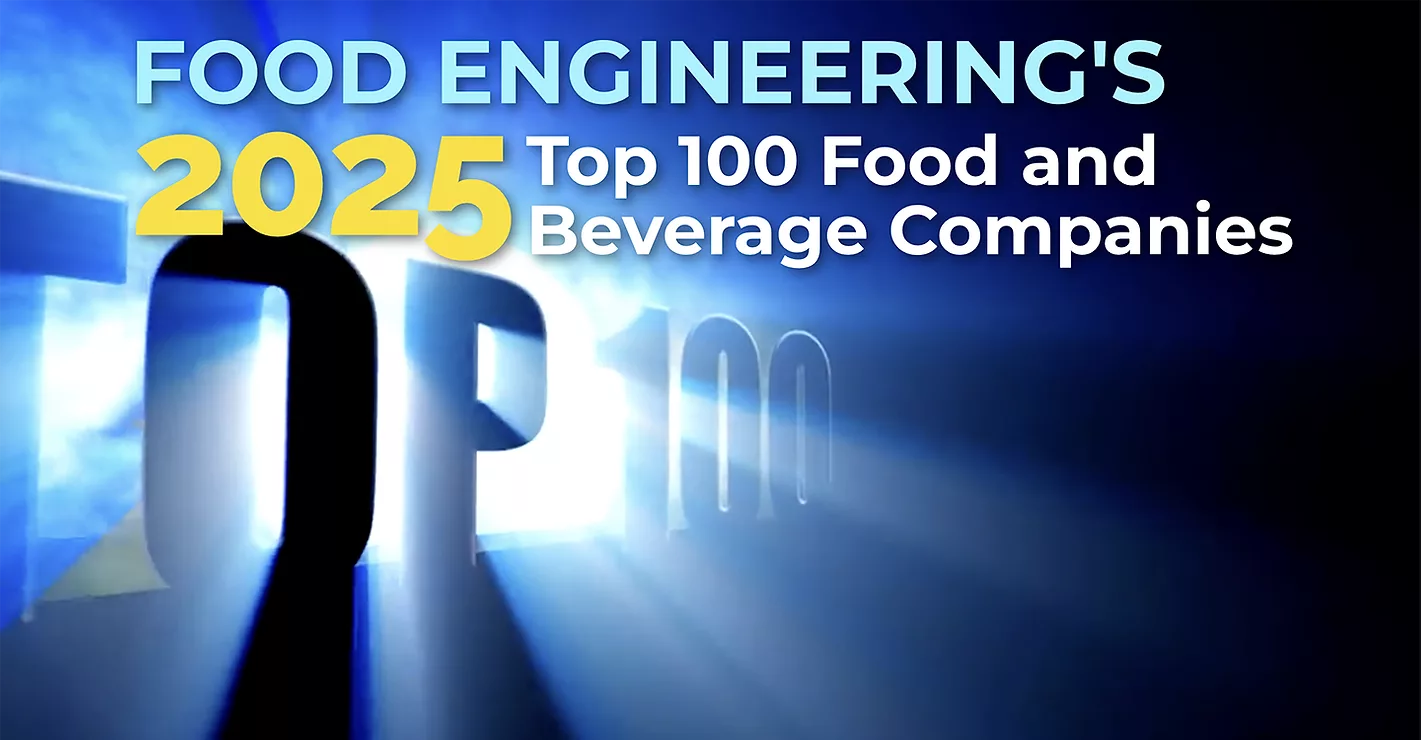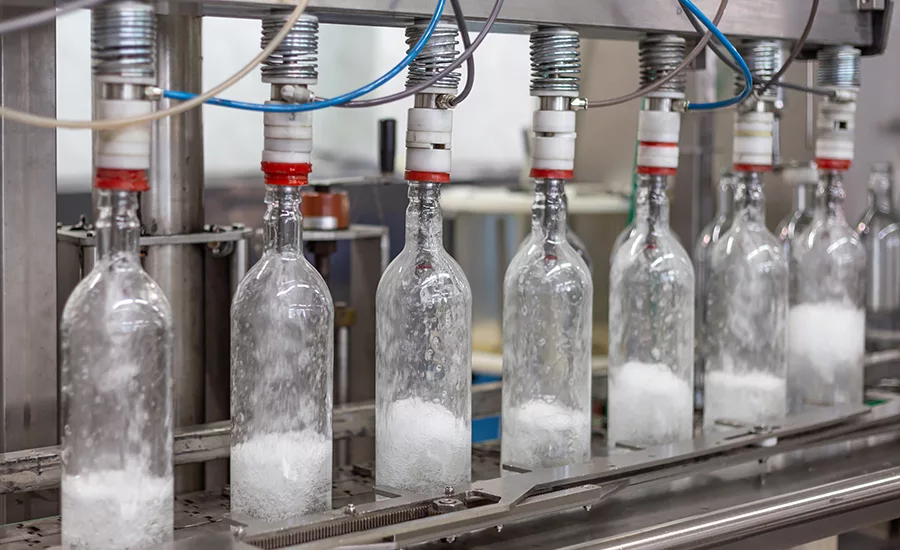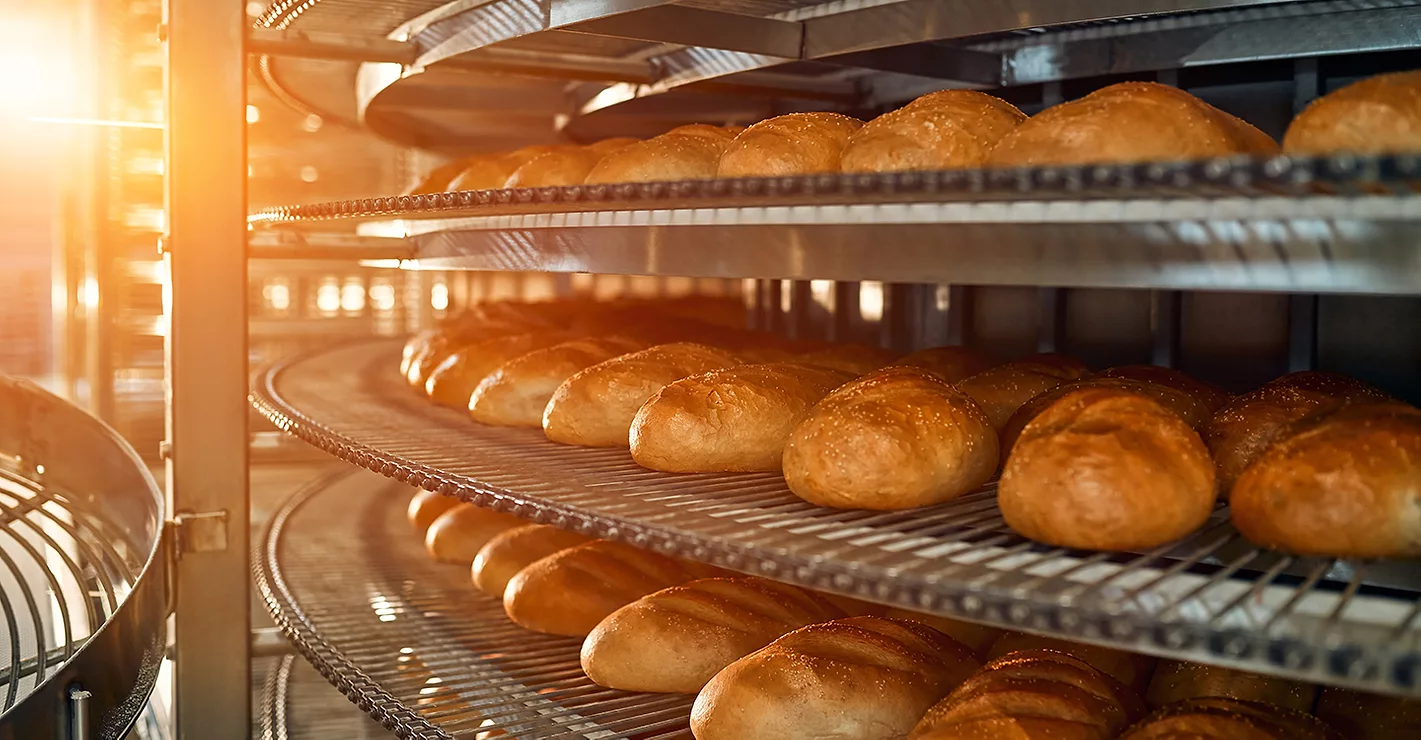FSMA 204: The Clock Is Ticking, and Most Food Manufacturers Are Already Behind

Image courtesy of freepik.
If you are in food manufacturing and haven’t started aligning your people, processes and systems for FSMA Section 204, you’re in jeopardy of being late. You are putting your business at risk. This isn’t just a regulation, it is a fundamental shift in how the food industry will operate moving forward.
Originally set to begin enforcement on Jan. 20, 2026, Section 204(d) of the Food Safety Modernization Act (FSMA) requires food manufacturers to maintain enhanced traceability records, including Critical Tracking Events (CTEs) and Key Data Elements (KDEs). However, as of March 20, 2025, the FDA announced it is considering a 30-month extension to that compliance deadline. While this potential extension gives manufacturers more time, it doesn’t reduce the urgency. This regulation still applies broadly across the food industry — not just to “high-risk” foods — and will reshape how traceability, recalls and supply chain transparency are managed.
Manufacturers now have a grace period to get the right systems, processes and teams in place. If you move quickly, you can use this time to implement a traceability strategy that not only meets compliance but builds long-term supply chain resilience. But you have to act now — waiting until the last minute will close that window fast.
FSMA 204 in Plain Terms
At its heart, FSMA 204 is about traceability — not just in theory, but in real-world, time-sensitive practice. When a food safety issue arises, the FDA wants to know:
- Where did the product originate?
- How did it move through the supply chain?
- Who handled it, transformed it, shipped it and received it?
- Can you tell that full story within 24 hours?
If your systems and processes can’t do that today, then they need to change — yesterday.
The FDA has already published a Food Traceability List (FTL) that includes items such as leafy greens, soft cheeses, shell eggs, nut butters and tropical fruits. But make no mistake: while the rule currently targets these categories, the operational expectations it sets will ripple far beyond them. Every manufacturer should be taking this as the new baseline.
Shelf-Stable Goods Are in the Crosshairs, Too
Think your business is safe because you produce shelf-stable foods? Think again. FSMA 204 isn't about finished goods. It's about ingredients. Many shelf-stable products, from canned soups to snack bars, contain items from the FTL. Tomatoes, leafy greens, herbs, spices, even certain cheeses — any one of these ingredients can trigger compliance requirements.
The catch? These ingredients are often sourced from global suppliers, mixed into multi-component recipes, and transformed several times before reaching store shelves. That makes tracking origin, transformation and shipment more complex and far more critical.
This is where things get even more serious. Because traceability doesn’t just end at the facility. You’re expected to track the origin, back to the lot, the harvest date, even the field in some cases. And you’re expected to do it in a way that’s interoperable and immediately accessible.
Tariffs and Global Sourcing: A Compounding Risk
Now, in addition to the obvious, let’s talk about the current state of affairs and an added challenge: tariffs.
Ongoing global trade instability is tightening the pressure on imported goods. Tariffs on ingredients sourced from certain countries can not only drive up costs, they can reroute entire supply chains. That creates blind spots, inconsistencies in sourcing, and a growing risk of non-compliance with FSMA 204.
The FDA isn’t going to lower the bar because tariffs forced you to find a new spice supplier in a hurry. If anything, they’ll demand more precision and documentation. The more complex and global your ingredient sourcing, the greater your exposure and the more essential your traceability capabilities become.
Even with an Extension, You Are Falling Behind
Even if the deadline is pushed out, it sounds like 30 months is a great deal of time, until you realize how much needs to happen between now and then. This isn't a policy change you can solve with a weekend meeting or an updated spreadsheet. This requires systemic transformation across your operations that impacts the big three: people, processes and systems.
- End-to-end visibility of your supply chain
- Standardized collection of KDEs and CTEs
- Digital recordkeeping with rapid recall readiness
- Real-time insights into production, sourcing and shipping
- Collaboration across operations, quality and compliance
The truth? If you’re not already doing most of this, the hill you’re climbing is steep. You need to move now and aggressively.
What You Need to Be Doing Now
Here’s the reality check: FSMA 204 readiness isn’t a single initiative. It’s an ecosystem-wide capability. Here’s what manufacturers should be prioritizing immediately:
1. Audit and map your supply chain and manufacturing operations
Before you can track, you need to see. That means mapping your supply chain and manufacturing operations — not just one level down but all the way to the farm, the dock, the processing plant. Do you know where your raw materials originate? Do your suppliers capture traceability data that meets FSMA 204 standards?
Many don’t. And many won't until you demand and require it.
2. Establish a traceability workbench in your ERP
Think of this as your mission control for FSMA 204. A traceability workbench is a centralized environment where KDEs and CTEs come together across suppliers, facilities and logistics. It allows you to:
- Link raw materials to finished goods
- Perform mock recalls in minutes
- Visualize the journey of an ingredient from origin to destination
- Respond to FDA inquiries within the 24-hour window
If your current system doesn’t have one, find one that does — quickly. Without this, compliance becomes a painful manual process and you might not be able to survive.
3. Digitize everything and finally kill the spreadsheets
Paper logs and Excel files don’t cut it anymore. You need digital, structured and interoperable data. That means automation. It means integrating traceability into your core processes now, not bolting it on later.
Don’t think of this as an IT problem. Think of it as a survival problem that impacts the entire organization and your foundational processes.
4. Redefine your recall process
Can you track every lot of a specific ingredient across your last six months of production? Can you isolate it by supplier, date or transformation event?
Run a mock recall. Simulate an FDA audit. If it takes more than a couple of hours to respond, you're not ready.
5. Educate your teams and challenge the status quo
Traceability isn’t a compliance function, it’s a business-wide capability. From procurement to production to quality control, your teams need to understand FSMA 204 and how their work feeds into it.
Everyone in the organization is responsible for traceability. It is not simply a concept to buy in on, it is about ownership. If you are a food manufacturer, processor, shipper or any other business that deals with food, traceability is job number one. It goes beyond just mandated regulations.
Beyond Compliance: The Strategic Advantage of Traceability
Here’s the flip side of urgency: opportunity.
Companies that get this right don’t just avoid fines. They gain agility. They build trust. They gain leverage with their customers (retailers) and their customers (consumers) who are demanding traceability beyond what’s required by law.
Imagine being able to:
- Proactively identify at-risk products before they hit shelves
- Rapidly respond to recalls and avoid mass withdrawals
- Demonstrate ethical sourcing with hard data
- Navigate global sourcing shifts with confidence
This is what it means to be future-ready in food manufacturing. FSMA 204 compliance isn’t just about meeting a deadline. It’s about owning the entire process, from soil to shelf.
Don’t Wait for the Extension to Become Your Excuse
Here’s the truth: Most companies weren’t going to be fully ready by January 2026. And now that the FDA has signaled a possible 30-month delay, it’s tempting to hit pause. But doing nothing now only means scrambling later — and the risk will be even higher.
Don’t fall into that trap.
If you haven’t mapped your supply chain, identified your Critical Tracking Events, or built traceability into your day-to-day operations, you're already behind. If your teams can’t see where ingredients came from, where they went or how fast you can respond in a recall scenario, you’re not just unprepared for FSMA 204, you’re unprepared for what’s next.
But this extension isn’t a delay tactic — it’s an opportunity. If you act now, you can do more than check the box on compliance. You can use this window to modernize your systems, streamline your processes and empower your teams with real-time data. That means reducing costs, increasing agility and building a business that’s not only ready for FSMA 204 but ready for the next regulation, the next disruption and the future of food manufacturing.
The clock is still ticking. But now, you’ve got time to do it right.
Looking for a reprint of this article?
From high-res PDFs to custom plaques, order your copy today!





